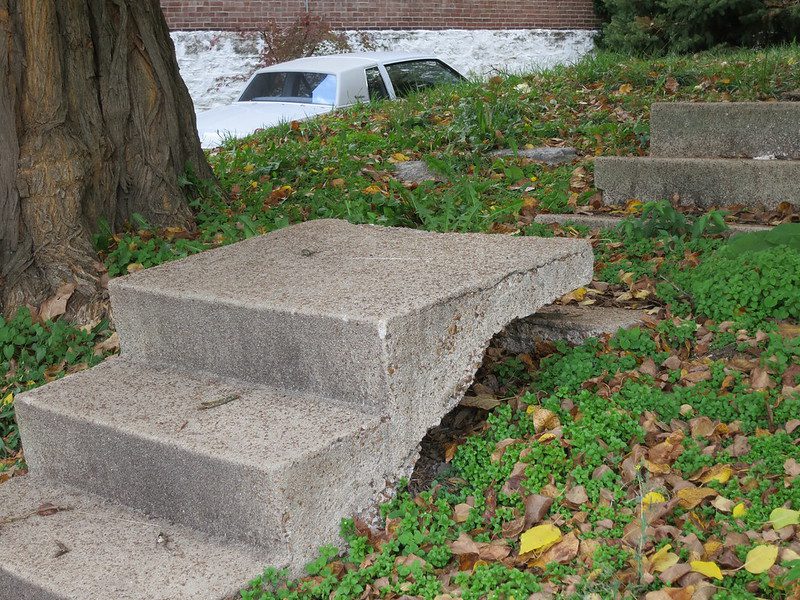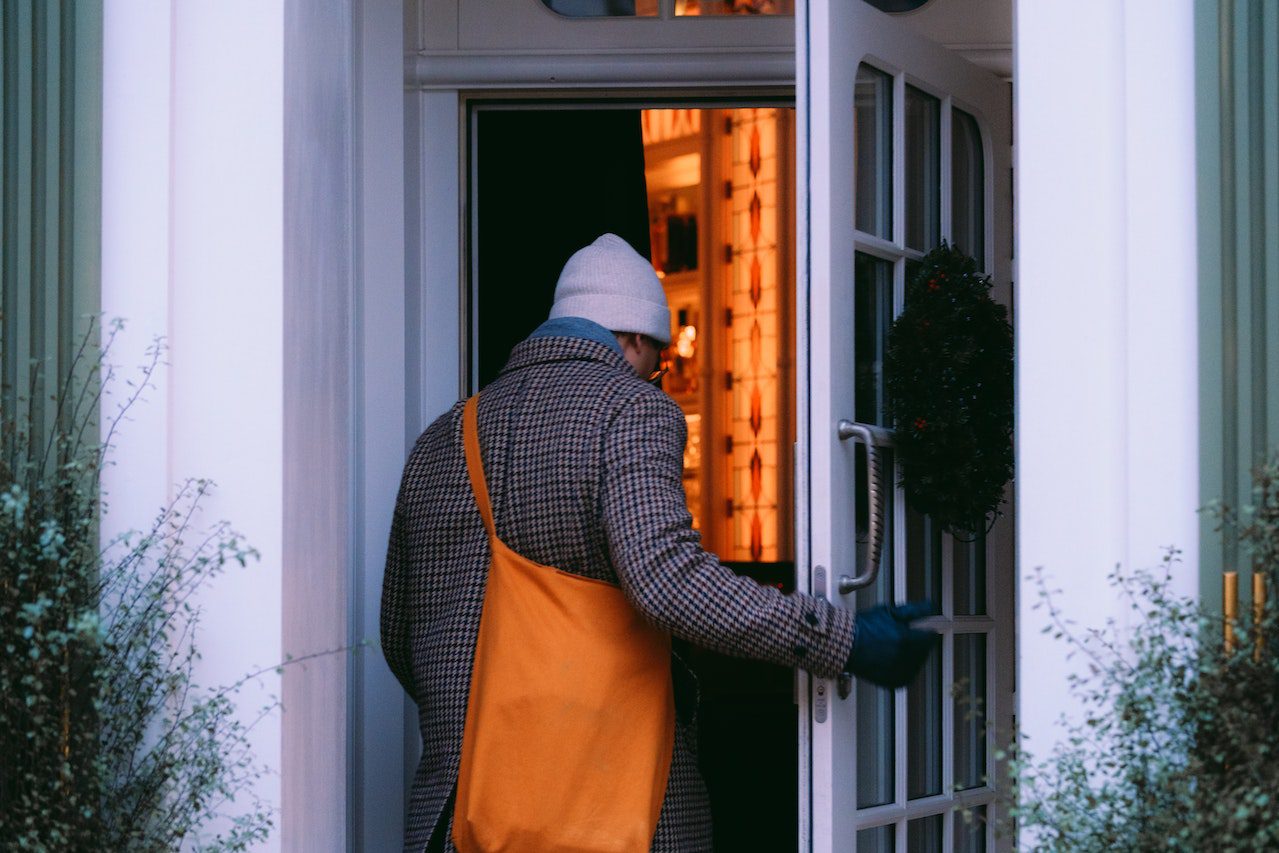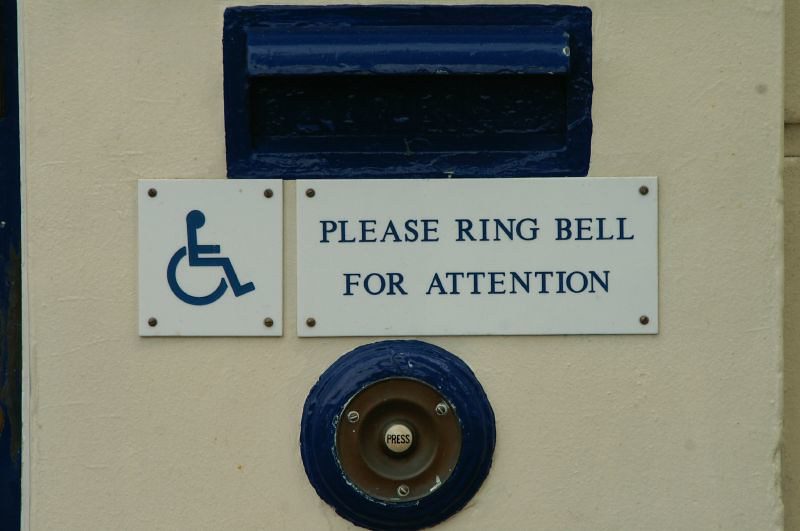This article is part of the Under the Lens series
Not Just Ramps—Disability and Housing Justice
Accessibility is more than a ramp to the front door. In this video, Shelterforce speaks with four disability activists about what they needed to make their homes accessible, and how difficult it can be to find accessible housing. (Note: What an accessible home means varies a lot from person to person, and this video only represents a small slice.)
For more, including discussions of accessibility for people with cognitive and intellectual disabilities and multiple chemical sensitivities, see Shelterforce’s series, Not Just Ramps: Disability and Housing Justice.
Video by Hudson North Productions
Transcription:
What makes our homes accessible?
Dominick Calsolaro: My name is Dominick Calsolaro and I’m 68 years old.
Chester Finn: My name is Chester Finn.
Hannah Brecher: I’m Hannah Brecher. I’m 33 years old.
José Torres-Vega: My name is José Torres-Vega.
Dominick Calsolaro: Recently, I lost my lower leg due to a bone infection. I also have a neuromuscular disease that weakens my muscles, and it’s progressive.
Chester Finn: I’m visually impaired and I also have epilepsy.
Hannah Brecher: I have a learning disability. I’m on the autism spectrum.
José Torres-Vega: My diagnosis is cerebral palsy. I’ve had it since birth.
What do you need to make your home accessible?
Dominick Calsolaro: Right off the bat was that the wheelchair had to be able to get around. I had to be able to get through doorways, get into the bathroom,
get into the bedroom, be able to turn it around.
Chester Finn: A lot of space, of course, and where I can arrange the furniture in the house, where I can get around.
Dominick Calsolaro: It’s a lot easier with wooden floors and without rugs.
José Torres-Vega: Ideally, my apartment must be located in a first floor. I need to have an ample kitchen and living room so that I can move around with my wheelchair. I must have enough space to navigate at least one of the sides of my bed.
Hannah Brecher: I’m not good with stairs. I actually have knee issues. It’s hereditary in my family, so I would definitely need an easy, accessible way, like a ramp, for me to get in and out of my house.
José Torres-Vega: I need to have grab bars both in the toilet and my shower. The shower must be a roll-in shower in the bathroom, and the toilet must be a little bit higher than the standard today.
Dominick Calsolaro: The kitchens, if you can find an accessible one, it would make things so much easier. Lower cabinets. If I had the cut-out sink so you could reel underneath closer.
Hannah Brecher: For someone who has autism, sometimes I do dim my own house lights a little bit so that I can not have migraines. I definitely would need one of the rooms to be, I would say, a sensory room for me. If I do get overstimulated, which means if I do get overwhelmed by too much noise or anything like that, there is low lights in there and then just calm music.
Chester Finn: Be able to navigate the front door, how to get out of the building, and kind of learn a little bit around my surroundings. So knowing where everything is is very important for accessibility.
What accommodations did you need when you moved in?
Dominick Calsolaro: The management was really well. They made a ramp in the doorway because there was a lip on my door.
Hannah Brecher: My family, in particular, has really stepped up for me to have our house more accessible. My dad has put handrails where our laundry room is so that I can go up and down the stairs.
José Torres-Vega: There was no roll-in shower. There was a bathtub, and I had to ask them. They denied me. I had to talk to a third-party organization that gave me a grant. Three months later, I was able to get a roll-in shower.
Is there anything that makes your home inaccessible?
Dominick Calsolaro: The doors aren’t automatic because trying to push a heavy door in a wheelchair where you’re forward and then you have to try to reach and get the door open, I was almost like a prisoner in here.
José Torres-Vega: The building is kind of old, so there are some global failures
often that happen. For example, right now, the AC is broken for the entire building. With the heat, I don’t sleep well because my cerebral palsy creates a dynamic tension in my muscles. It makes my body to be a little hotter than normal, quote-on-quote, “normal people.”
How difficult is it to find accessible housing?
Dominick Calsolaro: So trying to find a place where a wheelchair would fit through doorways and through hallways and be on a level surface wasn’t easy in this area. Cause a lot of places can say they’re ADA-compliant. Yeah, they’re compliant, they have a door that might have an automatic opening, and they might have a bathroom, maybe on the first floor, in a general lobby area, but having apartments that are accessible for people with disabling conditions, mobility issues, hearing impairment, visually impaired, the apartments, they’re not accessible that way, but the building is “accessible.”
José Torres-Vega: I want to move because I know this building is falling apart, and I see no way out, at least for now. The most accessible ones are extremely expensive. I have a good job, and yet I cannot afford a $2,000 or $3,000 rent.
Chester Finn: They wanted to make sure that I could come and look at it and have a feel for what the apartment was like because a lot of places would say, “Well, this is what it’s like” online, and someone would have to explain it to me.
Dominick Calsolaro: My house that I’ve lived in since 1987, I was no longer able to live in because it’s an older house, 125 years old. So this was not accessible at all for someone with mobility issues. I don’t think I’ll ever get back into my house. No, I don’t think so because, like I said, I always have to have the wheelchair. If something happens, I get a bruise on my leg or an open sore where the prosthesis go, then you can’t use it.
Why is it so hard to find accessible housing?
Dominick Calsolaro: I was on the City of Albany’s Industrial Development Agency board for almost seven years, and I would ask everyone, “Are you doing any accessible apartments in your units?” But trying to get developers to build these places, even a small percentage of the buildings, of the apartments, it’s worse than pulling teeth. It’s even worse than trying to get inclusionary housing and affordable rents in, to be honest with you.
José Torres-Vega: When you hand stuff that is crucial for human existence to private corporations, you sign a death warrant for a lot of people.
You’re giving entities that have no moral ground and have only a one bottom line,
which is money, the control of essential benefit, essential services, essential stuff that should be sacred. Sacred for everyone.
For more on the intersection of housing and disability, check out Shelterforce’s Under the Lens series, Not Just Ramps: Disability and Housing Justice.




Transcribing their comments would have helped. Well done!
Thank you for commenting, Lati! We’ve added a transcription above.